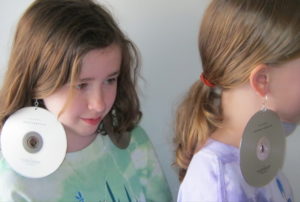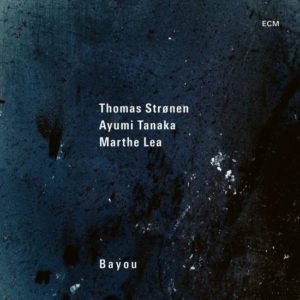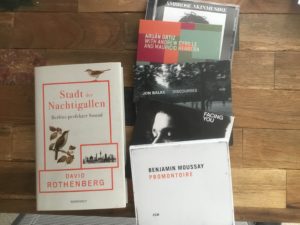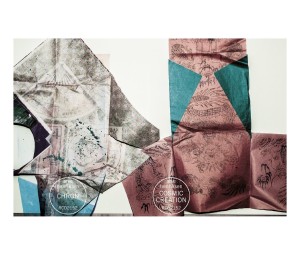Diese Stunde war etwas anders geplant. im Mittelpunkt sollte ein „buried treasure“ von Pharoah Sanders erklingen, aus dem Jahre 1977, remastert und herausgebracht von Luaka Bop, die uns vor Jahren Pharoahs geniales Farewell-Album bescherten. Aber, bei aller Liebe zu den meisten Werken des Saxofonisten nach dem Tod Coltranes, von „Tauhid“ bis früh in die Achtziger hinein, „Pharoah“ (1977) enttäuschte mich fast auf ganzer Linie – von wegen „heiliger Gral“!
Und so kam es, dass ich bei meinem kleinen Trip durch die Siebziger Jahre Station machte im Jahr 1973, der frühen Zeit von Keith Jarretts Solopianokonzerten. Inspiriert auch von Wolfgang Muthspiels Komposition „Folk Song“, die etwas von Keith Jarretts zwei Studioalben mit seinem europäischen „Belonging“-Quartett aufgriff – und verwandelte. Das „ECM special“ wurde dezent erweitert – in einem Magazin mit „Neuem von der improvisierten Musik“ bestens zu rechtfertigen mit der aktuellen Vinyl-Serie einer Auswahl alter „Meilensteine“ des Labels, innerhalb der Reihe „Luminessence“.
Und so ging‘s, zeitweise und in munteren Galopp, schlaglichtartig, durch, musikhistorisch gesehen, eine der wundersamsten Dekaden der letzten hundertfünfzig Jahre, ein „power spot“ ohnegleichen, was Erfindungskraft, Ereignisdichte, Grenzüberschreitungen – und die Zahl von „Instant Classics“ angeht. Im Jazz und weit über den Jazz hinaus. Da spielte, in meinen „Ton“, eine Prise Humor hinein, etwas „Storytelling“ (wenig ist so lähmend wie eine trockene akademische Ansprache).
In der Losung zum „deep listening“, eine Art Affirmation, nichts anderes als der Titel eines Jazz-Standards“ (von dem es übrigens auch eine „late night version“ von Keith Jarrett gibt), kommt etwas zum Vorschein, was leicht den „Meta-Ebenen“ des Diskurses abgeht: dass das existentielle Element die Hörerfahrung selbst ist. Der private Raum.
Hier die ganze Stunde, mein Dank an den „radiophilen Henry“, an die „virtuellen Gesprächspartner Wolfgang Muthspiel und Jan Bang, und an Olafs muntere Replik: „deep listening, michael, auf jeden fall – aber darüber den hund vergessen ??“ Abgesehen vom Jahresrückblick mit Thomas und Karsten im Studio 3A des Deutschlandfunks, sind meine nächsten Ausgaben der „JazzFacts“ und der Klanghorizonte“ erst Anfang des folgenden Jahres.





